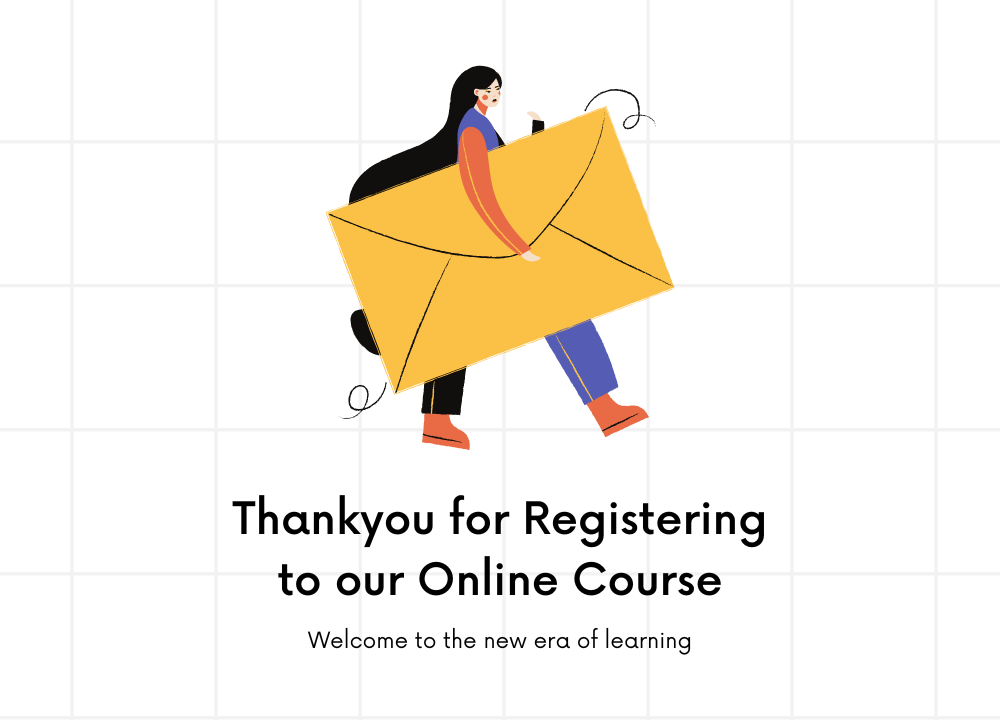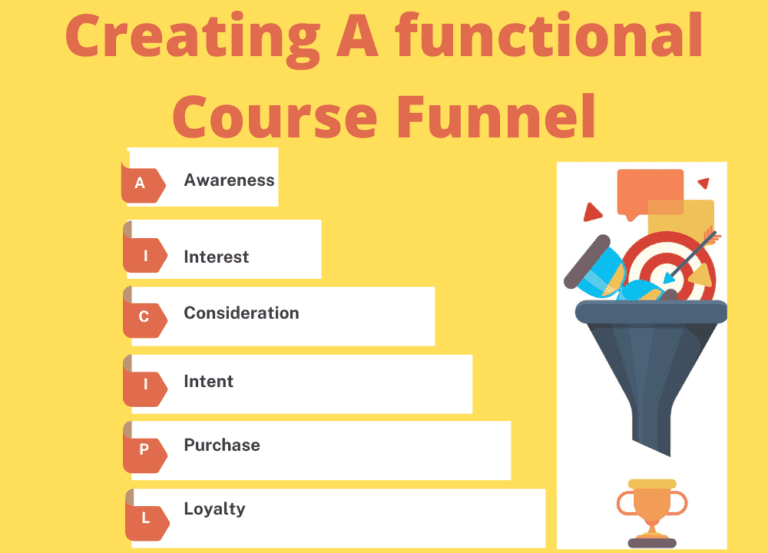Boost your Course Engagement with these 9 Easy Practical Tips

The covid-19 era with its social distancing measures and lockdowns has been a worse nightmare for all the industries except a few, which include online learning.
Udemy, a famous online course provider saw an explosion of 425% increase in student enrollments in late March 2020. Similarly, post-COVID studies show that the e-learning industry is expected to reach $1 trillion by 2027. Many universities have converted their learning modules to online learning minimizing the physical interaction among people.
However, there is a problem which is experienced by almost all of the online course providers and that is students’ course engagement. In an online setting, where students are completely isolated from physical premises, it becomes quite difficult to concentrate on the screen for a long time.
Analyzing the situation, many industry experts have come up with a few strategies to boost course engagement like gamifying the entire course content.
We have compiled a list of easy and practical strategies for you to successfully encourage student engagement. Let’s dive in!!
- 1. Welcome Emails
- 2. Online Support/ On-Call Support
- 3. Review Learning Outcomes
- 4. Add Questions, Assignments or Quizzes
- 5. Admire Achievements
- 6. Make Learning Structured and Easy to Understand
- 7. Send Regular Emails
- 8. Offer Learning in Little Steps
- 9. Online Community
- The Best Strategies to Gear up Course Engagement:
1. Welcome Emails

Sending a welcome email to the new join-in assists to build a connection and facilitate the onboarding process. Add a warm welcome with your introduction and an overview of the course. You may write in a formal or informal tone of communication depending upon your style and overall business tone.
These emails also work as a reminder for the students to make sure they check their lessons rather than completely forgetting after purchase. Email can also include the steps or process on how to access the course material. It removes any confusion or hindrance students might be experiencing in accessing the course.
If a person has purchased your course and you have related courses as well, you can also include links to other courses or offers in the email (along with your affiliate disclaimer) to make sure that the person is completely aware of all of your value offerings and he might give you other sales as well.
2. Online Support/ On-Call Support

There must be an included support channel for your students, where they can ask course-related queries. It can be a chat box in your course or you can provide any contact information to assist. Some course providers have an entire built-in community to keep in touch with the learners.
Some might have forums where they answer the queries themselves as well as learners can communicate with each other as well providing a community feature as well.
Another way to provide support is to have a silent skype/zoom call once a week with all the learners. This call can be arranged around a certain topic related to the course. Students can ask questions in the chat and you can directly answer them. If your course includes any assignments or quizzes, you can provide the chance to your students to fill them during the call to save their time as well.
Similarly, you can have multiple communication channels according to your course-specific needs. For example, if you are offering a programming course, a recorded video may not be able to provide actual feedback. You may want to add a chat box or instant messaging to respond.
3. Review Learning Outcomes
Your course must include specific learning outcomes to remain on track. It also helps the students to see if they are actually learning those specific outcomes or not. The learning outcome is not about your course features or course material. These are actual practical benefits offered by your course.
These learning outcomes must be included in your course description as well as in the welcome mail or video. You can write your learning outcome by starting with an action verb that describes the practical result like “You will learn” or “You will be an expert”.
Then follow it with specific learnings resulting from doing course activities. For example, if you are offering a course on gardening your learning outcome can be “You will learn all the basics of growing healthy plants.”
Then, add a few statements about how specific learning activities and course features will help in gaining particular skills to achieve that specific learning goal. Make sure to keep your learning outcome SMART which means specific, measurable, achievable, relevant and time-bound.
4. Add Questions, Assignments or Quizzes

Adding quizzes and questions not only engages the students but also assists in applying and refining their learning. Some experts go to the extent where they advise structuring the whole course as a game with multiple levels.
Each level may require the student to solve a percentage of the quiz to move to the next level. Gamifying the course content improves course engagement levels and develops curiosity to discover what is masked in the next level.
5. Admire Achievements
You can further boost course engagement by offering badges depending upon the performance in each quiz or assignment. In an online course, there is a lower chance of honouring the performers as compared to the regular class.
By offering badges or milestone achievements, you are also honouring your students who have completed a certain task. Moreover, in the beginning, you can offer discount coupons on your other courses or services for the over-achievers.
6. Make Learning Structured and Easy to Understand
Your LMS must provide a user-friendly interface to easily navigate course materials, quizzes, achievements, chat box (if you have one), payment process etc. Add tick boxes against each lecture, course video or module to easily steer the learning process so the students do not have to waste time figuring out which lecture has been completed and which is not.
Statistics show that the average online course completion rate is 13% for online courses. Regularly review drop-offs and see if you are near or below this average, you need to improve your course structure.
You can make your students fill out feedback forms to analyze any issues or problems they might be facing. Make these forms easy to fill like ticking from multiple options rather than writing open-ended answers. These kinds of forms are not only easy to fill but also easy to analyze for decision making. So, it’s a win-win situation for both sides.
7. Send Regular Emails

Sometimes people may lag behind their learning process and a reminder can be useful to make sure they remain engaged. Keep reviewing the activities of your students.
If a student has not logged in for several days, he might be on the verge of dropping off. Send a follow-up/ miss your email and ask if there is any difficulty they might be experiencing and you can give them a helping hand.
Keeping in touch with your students not only improves course engagement but also helps to build a connection with them. Learning materials can be found everywhere.
When a person enrols in a specific course, it is because of the added communication/ support services. If you make sure to keep in touch with your students, trying to resolve their issues, answering their queries and guiding them to implement their learnings, they can go a step ahead and become your permanent online learning circle.
8. Offer Learning in Little Steps
Small steps over time, bring great results. Rather than offering all the learning material in 2-3 giant videos, divide the overall content into structured bits sized chunks.
According to most of the studies, we have an average concentration span of around 20 minutes. After that, we all lose attention and our minds start wandering off. For example, take the popularity of 1-2 minute You tube videos and Listed Blog Posts, offering to the point information. We are no longer in the habit of watching or reading longer content.
Dividing whole learning material into smaller pieces can also help to better analyze the performance and course engagement of students during each step.
You can apply gamification strategies to the smaller steps as well. You can also include different forms of content like video, audio or written. You may provide a video lecture as well as presentation slides and then give the students a quiz to state their learning.
9. Online Community

We have talked about the importance of having an online community many times. Students feel isolated in online learning because they do not get a chance to meet and greet their fellows and teachers which lowers their course engagement.
Having an online community helps a lot to boost the engagement of the students. Studies show that students are 16 times more likely to pass an online course with a learning community.
A few ways of doing this are to add a discussion forum on your course site, have a live video session with your students or make a group on social media like Facebook.
Even if a person thinks that the course material has taught him/her enough, that community will make the students stay because they can get in touch with their peers and teachers and get responses to their queries. A helping community sure takes a good amount of time and effort, but it also provides unmeasurable support which no one wants to lose and thus boosts up course engagement of the students.
The Best Strategies to Gear up Course Engagement:
We hope these strategies will help you to boost students’ concentration and course engagement in online learning. If you apply any of these strategies in your online course, do give us feedback about their effectiveness.
Want to know how to create an effective learning path for your students to smooth out their learning journey? Read our article to learn about learning paths and how to create one.








Maximize course engagement effortlessly using 9 practical tips, including mycred.me integration for gamified rewards and motivation